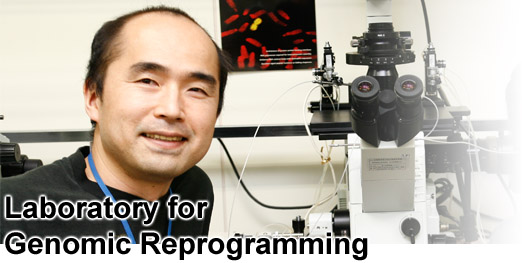





      |

A limitless number of an clones of animal can be generated from its somatic cells. Only a few years ago, such a statement would have belonged to the realm of science fiction, but now thanks to advances in the technology known as micromanipulation, which allows researchers to work with individual cells and their nuclei, that fiction has become reality. The efficiency of the cloning procedure (measured as the ratio of live offspring to cloning attempts), however, remains quite low, at only a few percent, and even in those attempts that do lead to live births, the cloned animals consistently exhibit a range of severe developmental abnormalities and pathologies.
The cause of these defects is thought to be due to imperfections in the nuclear transfer technique used to remove the nucleus from a host cell and replace it with another from a donor, imperfections which presumably lead to total or partial failure of reprogramming, the process in which a cell’s developmental potential is reset to a totipotent state (such as is exhibited by a naturally fertilized egg). However, the specific details of the technical flaws, the ways in which they lead to reprogramming failure, and possible solutions to the problem all remain completely unknown. Despite these challenges, cloning continues to be a biotechnology of great promise, given its potential applications in the field of regenerative medicine, such as the generation of embryonic stem (ES) cells by nuclear transfer, which may one day allow doctors to grow replacement cells that perfectly match a patient’s own genetic and immune profile, thereby eliminating the risk of rejection.
We use the mouse as a model system to study cloning under a range of experimental conditions with the goals of achieving improvements in the efficiency of the cloning procedure, gaining a better understanding of reprogramming mechanisms and analyzing the properties of ES cells derived via somatic nuclear transfer. We also use nuclear transfer technology to develop methods for preserving embryonic lethal and infertile strains of laboratory mice, and continue to explore the development of new and better techniques for sperm and oocyte preservation and other reproductive biological research technologies.